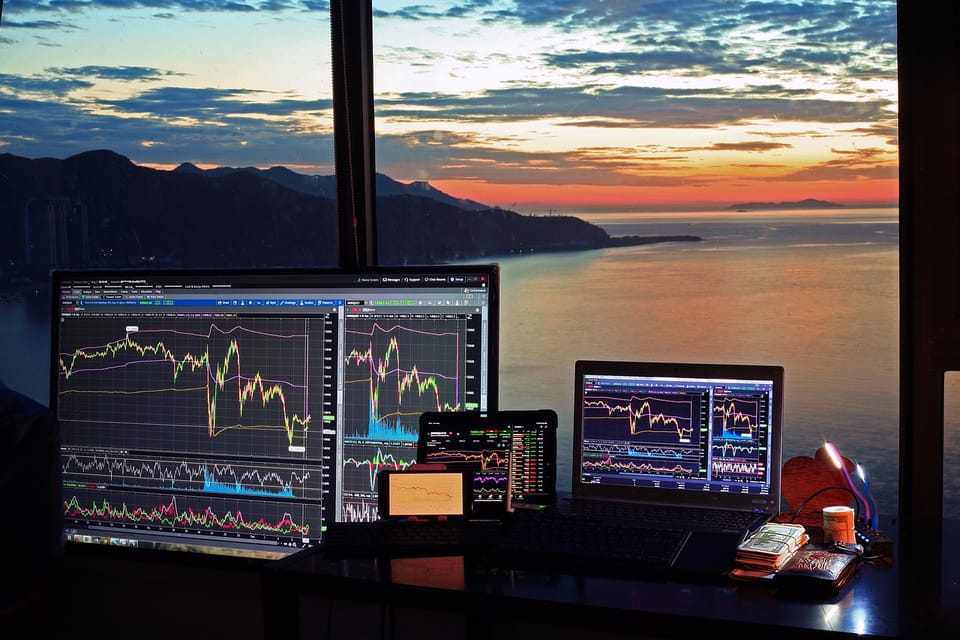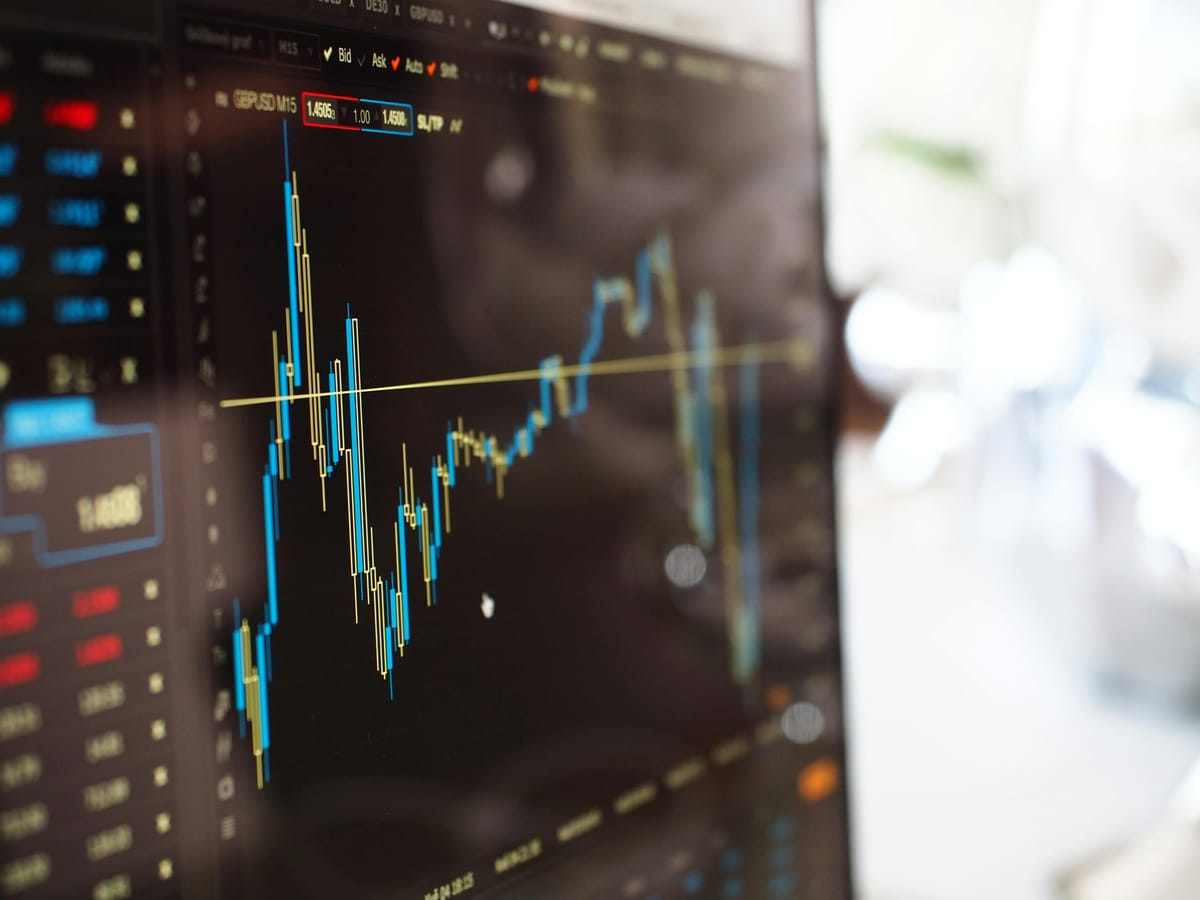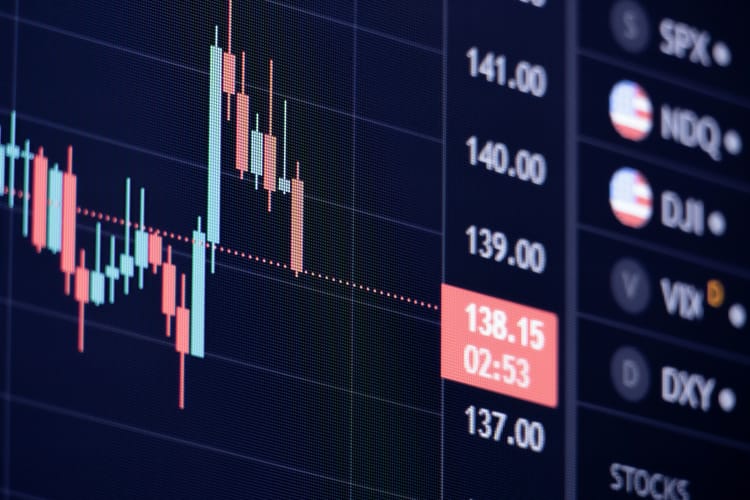How a price action scanner can work well with trading signals?

Talking about the combination of price action scanners and trading signals we sometimes think that figuratively speaking,
Price action scanners are the compass, and trading signals are the map—combining both makes sure that you navigate the markets with clarity and precision.
Price action scanners are high-speed scanners that scan numerous charts and markets simultaneously, seeking specific patterns or movements in price of an asset.
such as
bullish or bearish formations, breakouts, or key support and resistance levels.
Price action scanners help traders spot potential trading opportunities based on the concept of price action trading. This approach tries to understand market behavior through studying past price movements, rather than relying solely on indicators or complex mathematical formulas.
A price action strategy emphasizes price as the most significant indicator for making trading decisions, focusing on methodologies such as Breakout/Breakdown Entry and Pullback Entry to leverage these strategies effectively.
Trading signals, on the other hand, are alerts or notifications that provide information about potential trading opportunities in the markets. These signals are generated through various methods and analysis, and they aim to guide traders in making informed decisions about buying or selling assets.
With High Probability trading signals,you can improve your trading results dramatically.
How to Integrate Trading signals with Price action scanner
When working in tandem, Trading signals, and price action scanners can form a deadly trader’s toolkit!
Together, they validate and complement each other’s findings,
A Scanner corroborates or filters trading signals. Isn’t this idea fascinating?
How? Let’s explain:
For instance, if a signal indicates a buy opportunity, the scanner’s confirmation of a corresponding confident pattern reinforces the signal’s credibility and vice Versa.
This Combined working can help traders in multiple ways;
1. Using Price Action Scanner for Signal Confirmation:
You already know that trading signals provide specific entry and exit points based on predetermined criteria, but where to get the confirmation of these signals?
Yes,
Through a price action scanner.
A trader may receive a trading signal based on the occurrence of a specific technical pattern, but its effectiveness can be enhanced through confirmation from a price action scanner.
A Price action scanner confirms whether similar patterns are emerging in the charts of related assets or if this pattern is occurring consistently across various timeframes, indicating price action.
Let’s explain the concept with an example;
Suppose a trader receives a trading signal to buy a particular stock because a double bottom pattern has formed on the daily chart. To validate the strength of this signal, the trader employs a price action scanner that scans not only the selected stock but also other stocks in the same sector or industry.
Upon using the price action scanner, the trader discovers that several other stocks in the same sector are also displaying similar double bottom patterns on their charts. Furthermore, the pattern is not only evident on the daily timeframe but is also recurring on shorter timeframes like the hourly chart. This consistent presence of the pattern across multiple assets and timeframes serves as a confirmation, strengthening the trader’s confidence in the initial buy signal.
In this way, the price action scanner adds a layer of confirmation by corroborating the identified pattern with broader market movements. It helps traders filter out false signals or those lacking supporting evidence in the broader market context.
Doesn’t this make it a robust decision-making process?
A Decision making process that is based on a confluence of signals and confirming factors across various assets and timeframes.
2. Using Price Action Scanner to Identify Trading Opportunities:
If you have not noticed in the previous point, there is another interesting aspect to this duo of trading signals and price scanners, apart from the confirmation of the signal.
& that interesting aspect is,
While a trading signal may present an opportunity to enter or exitthat a trade, It may happen that once we verify these trading signals through a price action scanner, we may find additional similar opportunities which may have otherwise could have gone unnoticed if we had relied on a trading signal only. (Now go to the previous point and look at the point where we mentioned “Upon using the price action scanner, the trader discovers that several other stocks in the same sector are also displaying similar double bottom patterns on their charts”)
THESE are the OTHER opportunities that we are talking about!
Take another example, Consider that you receive a trading signal to sell a currency pair based on the crossover of two moving averages. While this signal would be aligning with your chosen criteria and is supported by the selected indicators, you decide to use a price action scanner to explore additional opportunities.
Upon activating the price action scanner, you discover that a different currency pair is experiencing a significant breakout, with the price surging above a key resistance level. This breakout was not apparent when solely relying on the traditional indicators used for generating signals.
In this scenario, the price action scanner has unveiled an opportunity that was not initially signaled by your chosen indicators. The breakout in the second currency pair represents a distinct trading opportunity that you might have overlooked without the broader perspective provided by the price action scanner. This broader perspective can also help identify good potential breakout stocks by analyzing charts and volume alongside historical price highlights.
By incorporating a price action scanner into their strategy, traders can enhance their ability to identify unconventional opportunities that arise from unique market dynamics.

3. Market Context in Price Action Trend
Another distinct advantage is that Price action scanners provide a broader market context by highlighting overall price movements, trends, or areas of support and resistance.
This context is very valuable when interpreting trading signals.
For instance, knowing that an asset is approaching a significant historical resistance level, as identified by a price action scanner, can influence how a trader interprets a buy signal.
Let's say there is a trader who utilizes trading signals generated by a specific technical indicator like the Exponential Moving Average (EMA). An EMA signal might suggest that a particular stock is currently nearing a potential breakout point, hinting at a potential buy opportunity.
Now, the problem is, that relying solely on the EMA signal could be risky without considering the historical price context.
So what does a good trader do? Take help from a price action scanner to understand the broader market context.
Upon activating the scanner, the trader discovers that the stock, although approaching a potential breakout based on the EMA, is also nearing a major support level that has historically played a significant role in the stock's price movement. The scanner's analysis reveals that the stock has bounced off this support level several times in the past, leading to upward trends.
In this scenario, while the EMA suggests a potential buy opportunity based on the recent price trajectory, the price action scanner's historical analysis paints a different picture. The stock's proximity to a historically important support level introduces caution into the decision-making process.
So, what becomes the plan of action?
The trader might decide to exercise prudence with the potential buy. They might understand the influence of the nearby support level and wait for further confirmation or additional technical signals before jumping into a buy order. Perhaps waiting for the price to break through the support level with strong momentum could provide a more confident buying opportunity..
By understanding the broader market context provided by price action scanners, traders can make more informed decisions based on both current technical signals and historical price tendencies.
4. Filtering Signals with Price Action Scanners:
Traders can also use price action scanners to filter or prioritize trading signals based on price action trading strategies.
For instance, they may choose to focus on signals that align with the prevailing trend identified by the price action scanner. This helps traders avoid signals that go against the broader market dynamics.
Consider a scenario where a trader receives a buy signal for a particular stock based on a combination of technical indicators, such as moving averages and trendline crossovers. While the signal provides a clear entry point, the trader decides to complement this decision with a price action scanner.
A price action scanner, in this case, may indicate that the broader market is currently in an upward trend, with several stocks experiencing sustained bullish movements.
In this context, the trader can strategically filter or prioritize their buy signal. Instead of indiscriminately acting on every buy signal received, the trader may give preference to buy signals that coincide with the prevailing market dynamics, reinforcing the potential for a successful trade.
Conversely, if the trader receives a buy signal for the same stock, but the price action scanner indicates that the broader market is in a downtrend, the trader might approach the signal with caution.
The scanner’s insights provide a context that allows the trader to avoid trades that go against the broader market dynamics, potentially minimizing the risk of entering positions that are at odds with the prevailing trend.
By aligning trading signals with the broader market trend identified by the scanner, traders can enhance the probability of successful trades.
In Essence,
Utilizing the combination of price action scanners and trading signals offers traders a potent strategy for decision-making.
However, like any approach, it comes with its own set of challenges that traders must understand and navigate adeptly.

Here are some of the
Common Pitfalls to avoid when using price action scanner with trading signals
Understanding and avoiding common pitfalls is essential to ensure this hybrid methodology's effectiveness.
Below, we will discuss some of these common pitfalls, providing insights on how traders can steer clear of these challenges and enhance the synergy between price action scanners and trading signals.
1. False Sense of Certainty
Assuming that the combination of trading signals and price action scanner guarantees accurate predictions is the most common pitfall among traders. You need to Acknowledge that no tool or combination is foolproof. Always exercise caution and conduct thorough analysis beyond signals and scanner results.
2. Signal Lag
Signals and scanner readings may lag behind real-time market changes, leading to delayed decision-making. To Counter this challenge, You need to stay vigilant and consider using additional real-time market data to supplement signals and scanner insights, especially in fast-moving markets.
3. Over-Optimization
Excessive tweaking of strategies based on historical data can potentially lead to over-optimization that may not perform well in future market conditions. The Solution is to balance historical analysis with adaptability. Avoid overfitting strategies to past data and be prepared for changing market dynamics.
4. Inadequate Backtesting
Insufficient backtesting of trading signals and scanner strategies may lead to inaccurate performance expectations. You need to thoroughly backtest your strategies across various market conditions. Understand the limitations and potential risks identified during the testing process.
5. Psychological Factors
Above all, Emotional biases, such as Fear or Greed, may influence decision-making despite signals and scanner insights. Develop discipline and stick to a predetermined trading plan. Consider using automation to execute trades based on signals to reduce emotional interference.
Frequently asked Questions (FAQs):
Q: What is price action?
A: Price action refers to the movement of a financial asset’s price over time. It is called “price action” because it focuses on the actual price movements visible on a chart. Traders who analyze price action study patterns, trends, and key levels without relying on indicators or other external factors, often using a price action trading scanner to identify significant market levels and select stocks exhibiting Breakouts or Breakdowns.
Q: How do you analyze price action?
A: Analyzing price action involves studying the historical price movements and the trading volume of a financial asset to make predictions about its future direction. Traders use an intraday stock screener to look for patterns, support and resistance levels, and trend formations on charts. Candlestick patterns, chart patterns, and trendlines are commonly used tools for price action analysis.
Q: What is the best stock to make money fast?
A: There is no guaranteed "best stock" for making money fast, as the stock market involves risk, and returns are never assured. Fast gains often come with higher risk. Traders should conduct thorough research, consider their risk tolerance, and adopt a well-defined strategy rather than seeking a single stock for quick profits.
Q: When should you scan stocks?
A: Stock scanning is often done regularly as part of a trading routine. Traders may scan stocks before the market opens to identify potential opportunities based on pre-market movements, news, or overnight developments. Additionally, scans can be conducted during market hours to adapt to changing conditions.
Q: Which chart signal to look out for in day trading?
A: In day trading, traders often look for various chart signals, such as breakout and pullback entries:
- Candlestick Patterns: Engulfing patterns, doji, and hammers.
- Support and Resistance Breaks: Breakouts or breakdowns.
- Moving Average Crossovers: Short-term crossing above the long-term or vice versa.
However, the effectiveness of signals depends on market conditions and specific strategies.
Q: How long does a trading signal last?
A: The duration of a trading signal varies. Some signals are short-term, lasting only minutes or hours in intraday trading. Others, especially in swing or position trading, may last days, weeks, or even months. It depends on the trading strategy, timeframe, and the nature of the signal.
Q: Do professional traders use signals?
A: Yes, many professional traders use signals as part of their strategies to trade stocks. However, they often combine signals with in-depth analysis, risk management, and market knowledge. Signals may come from technical indicators, fundamental analysis, or a combination of factors, tailored to the trader’s specific approach and style.






